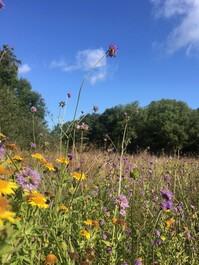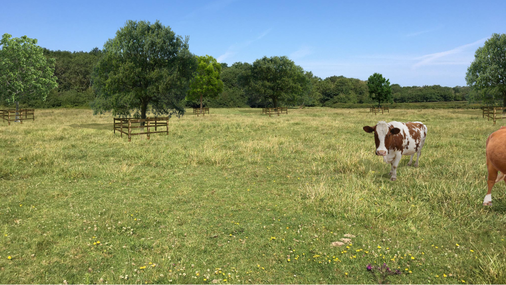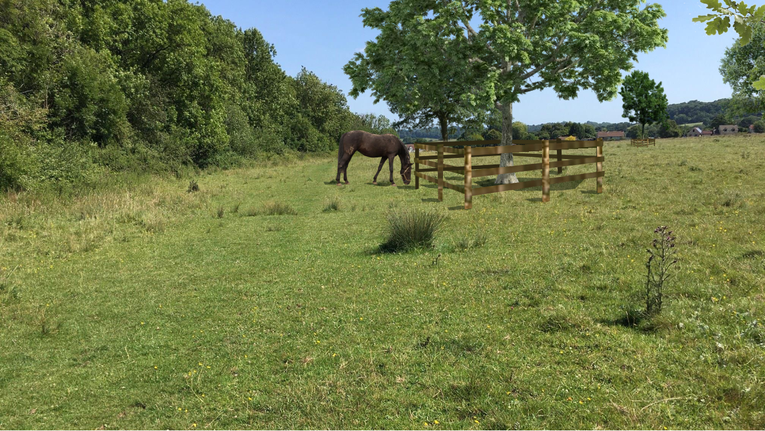 Site of Special Scientific Interest (SSSI)
Site of Special Scientific Interest (SSSI)
Higher Tier, Countryside Stewardship
January 2021- December 2030
South Gloucestershire Council have been successful with funding for the management of the commons. The Higher Tier Countryside Stewardship, will provide the essential funding from January 2021 until December 2030.
Management through the Higher Tier scheme will be very similar to the past 10 years during the Higher Level Stewardship agreement but will enable us to focus on what makes the commons special, protecting and improving the habitats.
Key points that the funding will enable include:
The open trees will provide niches for a host of invertebrates and birdlife, the understory will be managed as grassland providing food and shelter for wildlife and grazing animals. Open grown trees support more species than trees in dense woodland and trees are valuable for carbon capture. More information about wood pasture and parkland can be found on the Wood Pasture and Parkland Network.
Wooden post and wire tree guards will be used to protect newly planted trees from grazing animals.
Tree planting opportunities
We plan to plant trees in the Wood Pasture areas in winter 2021/22. We would love to work with you to make this a success. We are planning tree planting events during the winter and will need a hand with monitoring trees once planted. If you would like to get involved, please get in touch. The more hands the merrier!
I am very excited that this funding will enable the commons to be looked after for another 10 years. If you have any queries please get in touch.
January 2021- December 2030
South Gloucestershire Council have been successful with funding for the management of the commons. The Higher Tier Countryside Stewardship, will provide the essential funding from January 2021 until December 2030.
Management through the Higher Tier scheme will be very similar to the past 10 years during the Higher Level Stewardship agreement but will enable us to focus on what makes the commons special, protecting and improving the habitats.
Key points that the funding will enable include:
- Grassland:
- Grazing:
- Scrub management:
- Ponds:
- Wood pasture and parkland:
The open trees will provide niches for a host of invertebrates and birdlife, the understory will be managed as grassland providing food and shelter for wildlife and grazing animals. Open grown trees support more species than trees in dense woodland and trees are valuable for carbon capture. More information about wood pasture and parkland can be found on the Wood Pasture and Parkland Network.
Wooden post and wire tree guards will be used to protect newly planted trees from grazing animals.
- Weed control:
- Hedges:
- Wildflower seed enhancement:
Tree planting opportunities
We plan to plant trees in the Wood Pasture areas in winter 2021/22. We would love to work with you to make this a success. We are planning tree planting events during the winter and will need a hand with monitoring trees once planted. If you would like to get involved, please get in touch. The more hands the merrier!
I am very excited that this funding will enable the commons to be looked after for another 10 years. If you have any queries please get in touch.
| higher tier map.pdf | |
| File Size: | 5224 kb |
| File Type: | |

